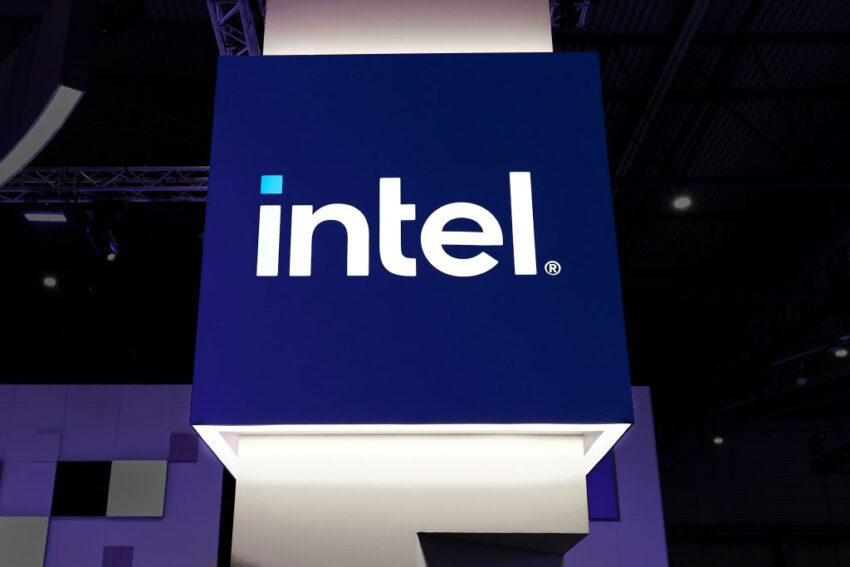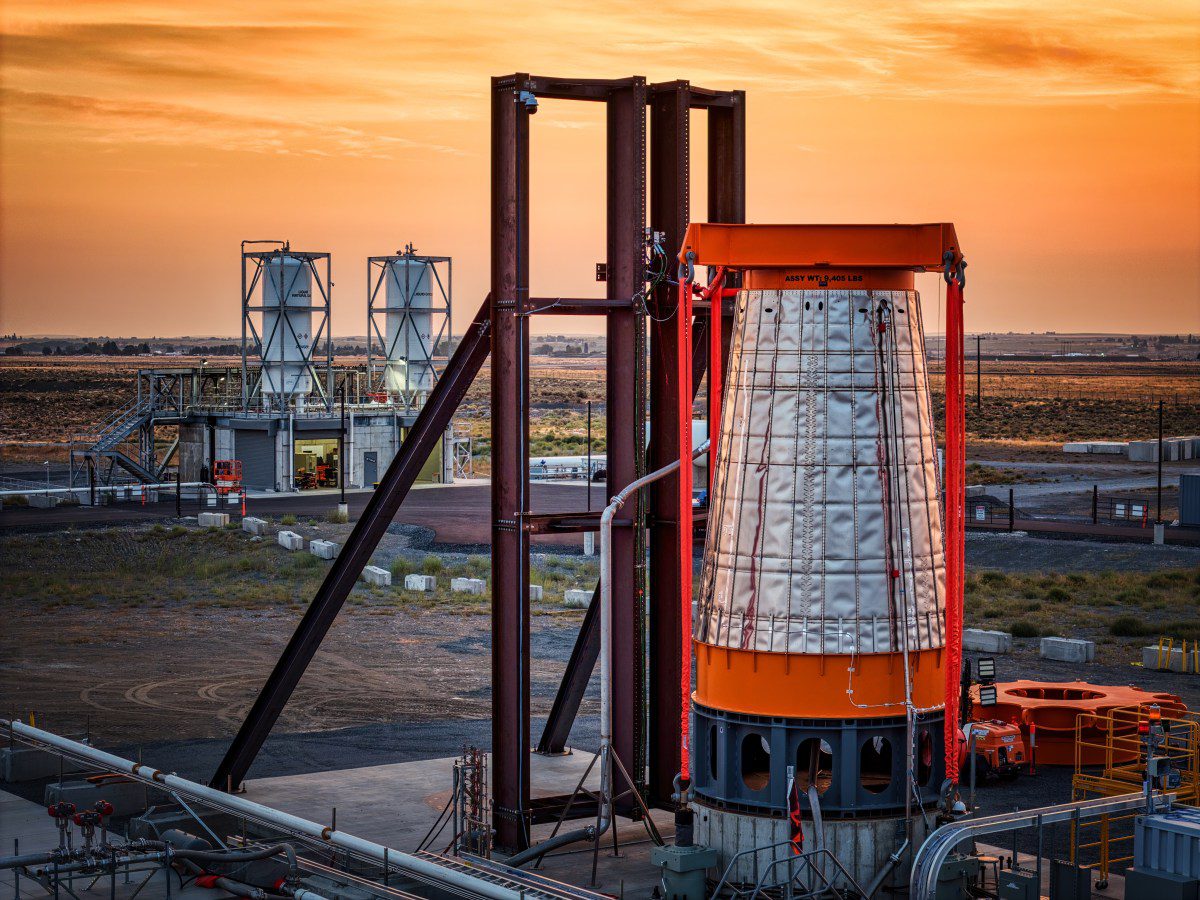
intel unveils new processor powered by its Intel has officially unveiled a new line of processors that leverage its cutting-edge 18A semiconductor technology, marking a significant milestone in the company’s ongoing efforts to enhance its manufacturing capabilities in the United States.
intel unveils new processor powered by its
Introduction to Intel’s 18A Semiconductor Technology
Intel’s 18A technology represents a pivotal advancement in semiconductor manufacturing, promising improved performance and efficiency. The “18A” designation refers to the technology’s ability to produce transistors with a 1.8 nanometer process node, which is a substantial leap from previous generations. This new technology is expected to enable Intel to produce chips that not only consume less power but also deliver higher performance, catering to the increasing demands of modern computing.
Key Features of the 18A Process
The 18A process introduces several innovative features that set it apart from previous technologies:
- Enhanced Transistor Density: The 18A process allows for a higher density of transistors on a single chip, which can lead to increased processing power without a corresponding increase in size.
- Improved Power Efficiency: By utilizing advanced materials and design techniques, the 18A technology is designed to reduce power consumption, which is critical for mobile devices and data centers alike.
- Advanced Packaging Solutions: Intel is also focusing on new packaging technologies that will complement the 18A process, enabling better thermal management and performance optimization.
Manufacturing in the United States
Intel’s announcement comes at a time when the company is making significant investments in U.S. manufacturing. The new processors will be produced in Arizona, part of Intel’s broader strategy to bolster domestic semiconductor production. This move aligns with national interests to reduce reliance on foreign manufacturing, particularly in light of recent global supply chain disruptions.
Investment in Arizona Facilities
Intel has committed to investing billions of dollars in its Arizona facilities, which will not only produce the new 18A processors but also create thousands of jobs in the region. This investment is part of a larger initiative to expand Intel’s manufacturing footprint in the U.S. and to ensure that the country remains competitive in the global semiconductor market.
Impact on the Semiconductor Industry
The introduction of the 18A technology and the expansion of U.S. manufacturing capabilities are likely to have far-reaching implications for the semiconductor industry. As Intel ramps up production, it may influence market dynamics, including pricing and competition. Other semiconductor manufacturers may feel pressure to innovate and invest in their own technologies to keep pace with Intel’s advancements.
Stakeholder Reactions
The announcement has garnered attention from various stakeholders, including industry analysts, government officials, and technology enthusiasts. Many see Intel’s commitment to U.S. manufacturing as a positive step towards enhancing national security and economic stability.
Industry Analysts’ Perspectives
Industry analysts have expressed cautious optimism regarding Intel’s new processors. Some believe that the 18A technology could give Intel a competitive edge over rivals, particularly in sectors such as artificial intelligence and high-performance computing. However, others caution that the company must execute its plans effectively to realize the potential of this new technology.
Government Officials’ Support
Government officials have also praised Intel’s investment in U.S. manufacturing. The Biden administration has emphasized the importance of domestic semiconductor production as part of its broader economic strategy. By supporting companies like Intel, the government aims to create jobs and stimulate economic growth while ensuring that the U.S. remains a leader in technology innovation.
Challenges Ahead
Despite the positive reception, Intel faces several challenges as it moves forward with its 18A technology and U.S. manufacturing initiatives. The semiconductor industry is highly competitive, with companies like AMD, NVIDIA, and TSMC continually pushing the boundaries of technology.
Competition from Rivals
Intel’s competitors are not standing still. AMD, for instance, has made significant strides in recent years, particularly in the CPU market. The company has successfully captured a substantial market share by offering high-performance processors that rival Intel’s offerings. Similarly, TSMC continues to lead in advanced semiconductor manufacturing, making it imperative for Intel to maintain its technological edge.
Supply Chain Considerations
Another challenge lies in the global supply chain. While Intel’s focus on U.S. manufacturing aims to mitigate risks associated with overseas production, the company still relies on a complex network of suppliers for materials and components. Any disruptions in this supply chain could impact production timelines and costs.
Future Outlook
Looking ahead, the success of Intel’s 18A technology and its U.S. manufacturing initiatives will depend on several factors. The company must not only deliver on its promises but also adapt to the rapidly changing landscape of the semiconductor industry.
Technological Advancements
As technology continues to evolve, Intel will need to stay ahead of the curve. This includes investing in research and development to explore new materials, architectures, and manufacturing techniques that can further enhance performance and efficiency. The company has a long history of innovation, and maintaining this momentum will be crucial for its future success.
Market Demand and Consumer Trends
Market demand for high-performance computing solutions is expected to grow, driven by trends such as artificial intelligence, cloud computing, and the Internet of Things (IoT). Intel’s ability to align its product offerings with these trends will be essential for capturing market share and driving revenue growth.
Conclusion
Intel’s unveiling of its new processors powered by 18A semiconductor technology marks a significant step forward for the company and the semiconductor industry as a whole. With a focus on U.S. manufacturing and a commitment to innovation, Intel is positioning itself to meet the growing demands of modern computing. However, the company must navigate a competitive landscape and address various challenges to realize the full potential of its advancements. As the semiconductor industry continues to evolve, Intel’s actions in the coming years will be closely watched by stakeholders across the globe.
Source: Original report
Was this helpful?
Last Modified: October 10, 2025 at 6:38 am
0 views















